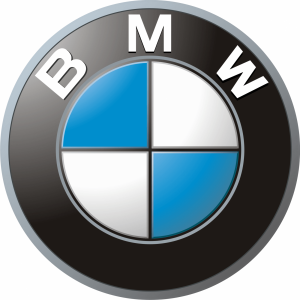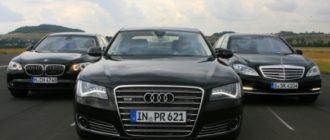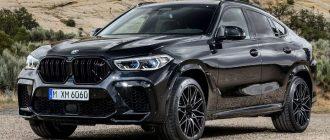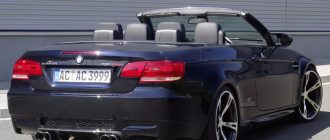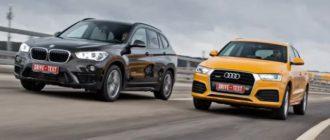In the early summer of 1975, the E21 3 Series generation car — BMW 3 E21 was introduced. Over time, this series became a true legend. It all started in May 1975 in Munich. It was here that BMW began its production as one of the influential global car manufacturers. In 1972, the headquarters were located opposite the village.
The company had already ceased production of the E9 generation and was transitioning to a new model of the fifth series. It was a significant car that was released in 2002.
Due to its sporty design and popularity, BMW earned a good reputation, making their cars highly sought after. To replace a car from this manufacturer, other companies had to make a great effort.
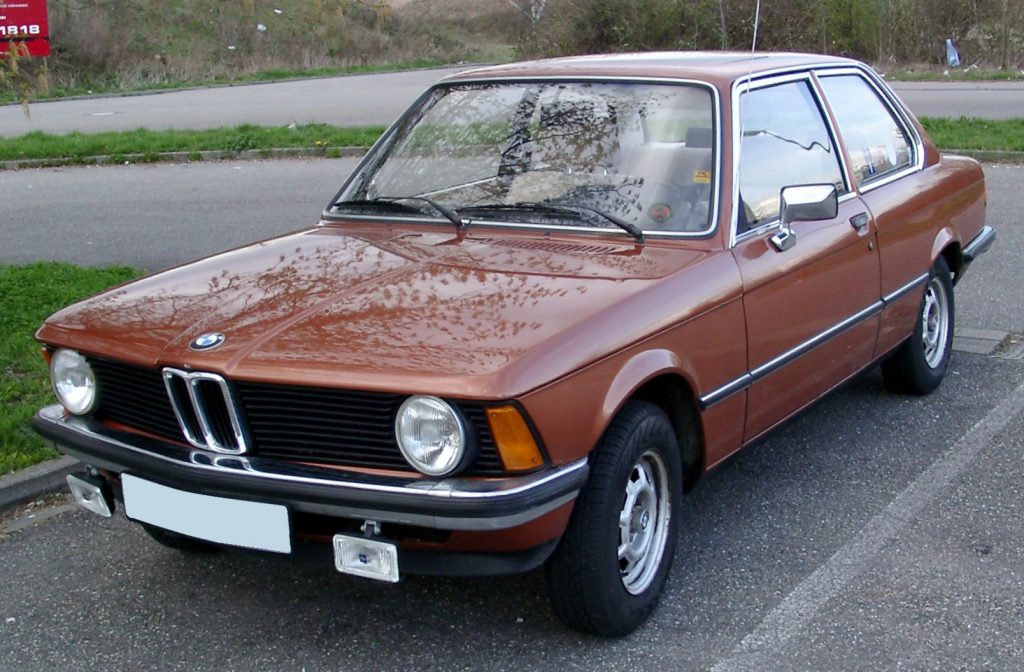
Technical Specifications of BMW 3 E21
From the very beginning, the third series models were presented in variations such as 316, 315, 320i, 320, and 318. The «i» indicated that these models used an injector instead of a carburetor. The 320 model was the top car that many fell in love with. The car featured a two-liter 4-cylinder engine developed based on the M10 block.
For those unfamiliar with BMW engines, it should be noted that the M10 block was used as a base for the engine. It was used in turbocharged and naturally aspirated models in 2002.
This same M10 engine served as the basis for developing turbocharged engines for the Brabham BMW Formula 1 program. Here you could see the famous Nelson Piquet, who in the early eighties was behind the wheel of a racing monster.
Perhaps one of the most durable engines, which had a remarkable racing career. This was remarkable for an engine that was produced back in 1962. By 1977, this block was replaced by another model, the M20.
This block was installed under the hood of the 320i car. The E21 block was a significant model in the history of cars, as it brought about many significant changes. For example, a six-cylinder engine for the 3 Series.
It served as a benchmark for drivers to design the interior. It became a standard for BMW. The design also became standard with four headlights. Models with a six-cylinder engine were installed for this generation.
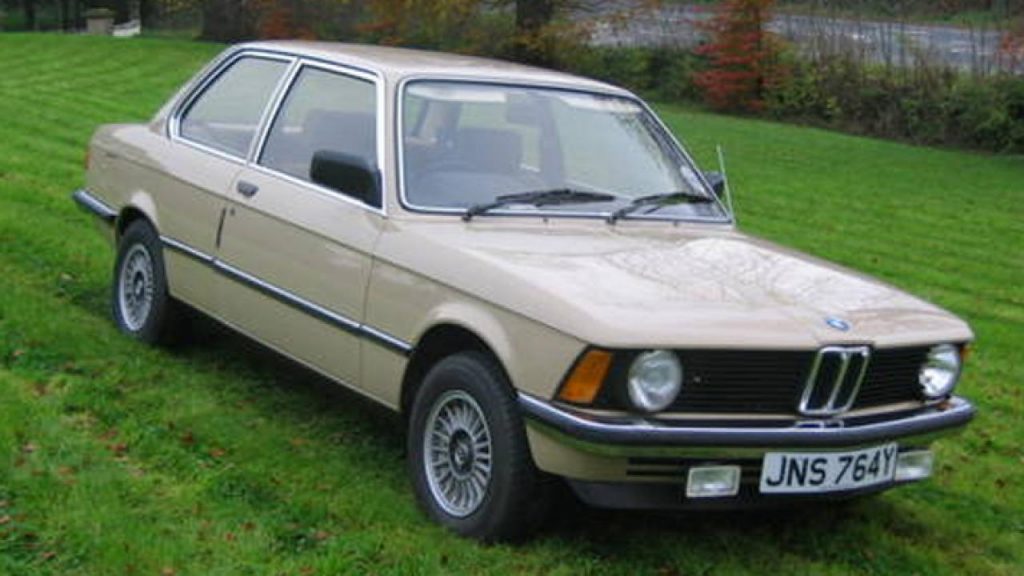
The 320i model was equipped with an injection system that had a power of 125 hp. In 1979, a new model, the 323i, was presented, featuring a new 2.3-liter version of the M20 engine. They finally switched to a five-speed transmission. All of this was under the hood.
During this period, more than 1.4 million cars with the E21 body were sold. This car model became a significant event for BMW. A little later, a version with a two-liter turbo engine was introduced. It successfully replaced the 3.0 CSL, which was in use until then. This change brought fame to renowned pilots in 1977 and 1988 — Hans Stuck and Eddie Cheever. It is also important that the 320 became the basis for developing new engine technologies in the early eighties.
Thanks to the artist Ro, the 320i model has the same design as it does today. The BMW 3 E21 was able to bring success and lay the foundation to produce the legendary E30 model.
All this happened because manufacturers did not stop and constantly came up with new ideas that could be realized and would surpass the previous ones.
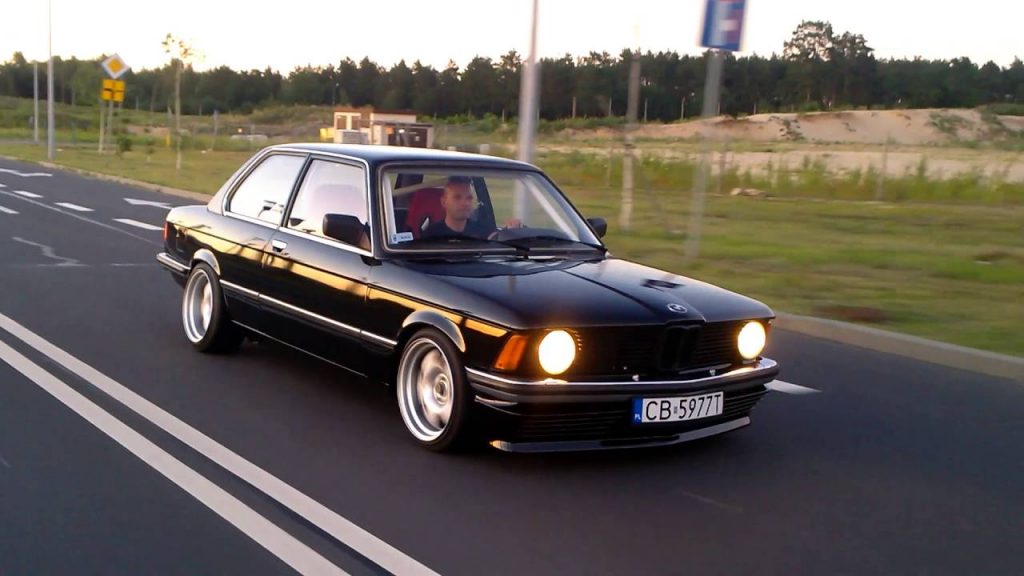
Thanks to the E21 body, BMW was able to strengthen its position in the United States global market. It also helped to complete the journey with the model created in 2002. The third series still leaves the brightest impression for the eighties and early nineties.
BMW E21 and Its Characteristics
| Engine Model | Displacement, cc | Power. hp (kW) at rpm | Compression Ratio, :1 | |
| 315 | M10 (M98) | 1573 | 75 (55) at 5800 | 9.5 |
| 316 | M10 (M41/M116 and M99 from 1980) | 1573 (1766 from 1980) | 90 (66) at 6000 | 8.3 (from 1980 — 9.5) |
| 318 | M10 (M42/M118) | 1766 | 72 (72) at 5800 | 8.3 |
| 318i | M10 (M92) | 1766 | 105 (77) at 5800 | 10.0 |
| 320-4 cyl. engine | M10 (M43/M05) | 1990 | 109 (80) at 5800 | 8.1 |
| 320-6 cyl. engine | M20 (M60) | 1990 | 122 (90) at 6000 | 9.2 |
| 320i | M10 (M64/M 15 and M74) | 1977 | 125 (92) at 5700 | 9.3 |
| 323i | M20 (M60) | 2315 | 143 (105) at 5800 | 9.5 |
How Much Fuel Does BMW 3 E21 Consume
| 315 | 316 | 318 | 318i | 320-4 | 320-6 | 320i | 323i | |
| Fuel Consumption, avg l/100 km | 8.8 | 9.5/9.0 | 9.6 | 8.9 | 10.0 | 9.9 | 9.4 | 9.6 |
| Acceleration from 0 to 100 km/h | 14.8 | 13.8/12.5 | 11.9 | 11.5 | 11.2 | 10.7 | 9.9 | 9.5 |
| Maximum Speed km/h | 160 | 160/163 | 168 | 175 | 173 | 183 | 182 | 190 |
That concludes the review of BMW cars. We hope that this article has been useful to you and that you have discovered something new and interesting.
Everything that can be said about BMW as a company is that they always strive to come up with something new, modern, and unique. To make their cars comfortable, safe, and easy to use.
